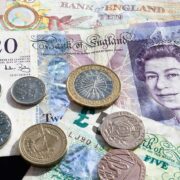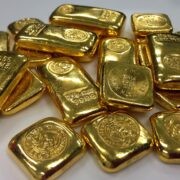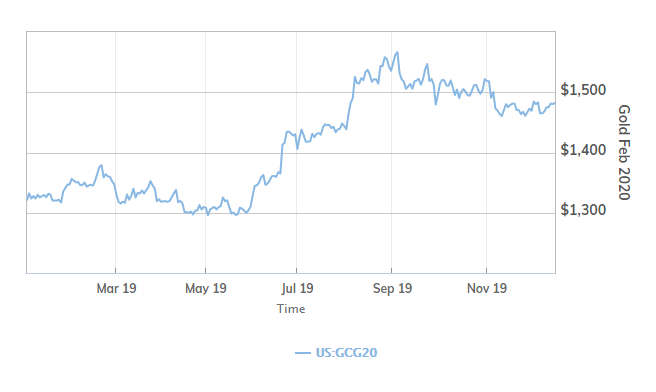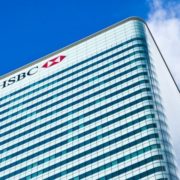How to Invest in Trading and Investing Basics
There are two ways to form money: you making money (through your daily job/work) or money making money. Investing has your money make money for you, and is that the only thanks to make money 24/7 while you sleep.
The goal of investing money is straightforward – to extend your financial resources and compound them over time so you’ll be able to live off your investments, not your daily work (unless you wish to). Whether you’re a first-time investor, or have some experience, we’re here to assist you start the method having your money make money for you. It’s important to notice you don’t just want to throw your money into any security which will provide you with a return. you want to consider some key staples of investing your money, and the way to try to to it to maximise your financial efforts.
Below we are visiting share some methods for investing your money into the financial markets (in no particular order).
Stocks – investing your money into stocks allows you to have alittle portion of that company and also the potential value it can build over time. after you invest in an exceedingly stock, the goal is to capture an oversized portion of the worth they create over time because it takes time to make massive amounts important in any company.When the stock of an organization you invest in gains market share, capitalization and value, you profit with them.
Examples of individual stocks you’ll buy are Apple (NASDAQ: AAPL) and Amazon (NASDAQ: AMZN) Index Funds – sometimes its better to speculate in an open-end fund that tracks a market and huge numbers of stocks. It’s the way to instantly diversify by investing within the open-end fund, and thus have investment holdings into plenty of stocks.
The goal of investing in index funds is to a) diversify and b) balance the chance of your portfolio so you’re not solely invested in individual stock companies.
Examples of index funds are the S&P 500, the Nasdaq and therefore the Russel 2000.
ETF’s – these are exchange traded funds that are available in active and passive forms.
Passive ETF’s track stock indexes just like the Nasdaq and check out to match the performance of the Nasdaq.
Meanwhile active ETF’s have portfolio managers that choose which stocks to take a position in with the goal of beating the market.
Generally, most ETF’s pay dividends which may be thanks to earning a second income on your invested capital.
Examples of ETF’s are TLT (NASDAQ: TLT) and IWM (CBOE: IWM).
How to Invest How to Invest Your Money While we aren’t financial advisors and suggest you search out a licensed financial advisor, from our 20 years of experience within the financial markets, we’ve found there are some variables you ought to consider in terms of where and the way to take a position your money. Some examples are: Your Age – younger people generally are able to take more risk on early as they need longer to avoid wasting while older people generally want to guard the capital they need specializing in that first before capital appreciation. Hence a general rule is that if you’re in your 20’s-30’s, have some decent risk invested, if you’re in your 40’s-50’s, less risk while specializing in stable growth, and for those 60’s and above, capital preservation should be your primary focus. Your Debt Profile – generally, we don’t recommend investing if you have got debt (i.e. debt that encompasses a 10% charge per unit or higher). If you do, we recommend clearing your debt first before investing.For those of you that have little or no debt, and mostly good debt (debt that yields a return, sort of a mortgage), then we recommend putting aside some capital for investing. Hence understanding what quantity debt and what sorts of debt you’ve got could be a factor to contemplate.
Your Budget – if at the top of every month, you’ve got virtually no savings, we don’t recommend putting money aside to take a position. We’d recommend putting aside several months of savings before investing.If, however, you’ve got several months of savings, then we’d suggest putting money aside for investing.
Your Goals – what your investing goals are will have an impression upon what you invest in and the way. Are you putting money away for retirement, trying to take a position for your kids college tuition, or eager to grow your net worth either through stocks or some physical assets (like real estate)? Whatever your goals are will determine what you ought to invest in, and how. Passive vs Active Investing (which is better)? Generally investing is split into two categories, active and passive. Active investing consistently analyzes and evaluates your investments that you simply build and maintain on your own.
Generally, this needs you to possess the time to try to do so, the knowledge to try to do so, the talents to try and do so, and therefore the interest to try to do so. If you’re missing any of the lists above, we recommend ensuring you continually work on all four variables above to actively invest on your own. Passive investing is either having somebody else do the work for you or simply throwing in your money into some investments, then adding to them periodically over time. It’s like hitting the control on the highway, with no steering. It requires less time, less knowledge, fewer skills and fewer interest. It should be noted the wealthiest investors have generally been within the active investing camp, choosing where to place their money, when, and how. this is often harder to try and do, but the potential upsides might be far greater. Meanwhile passive investing may be a low-key project and may compound wealth over time, but you’ll certainly miss certain trends short and medium term. Very rarely does a top 100 investor within the world do so through passive investing. You’ll need to decide which of those approaches











